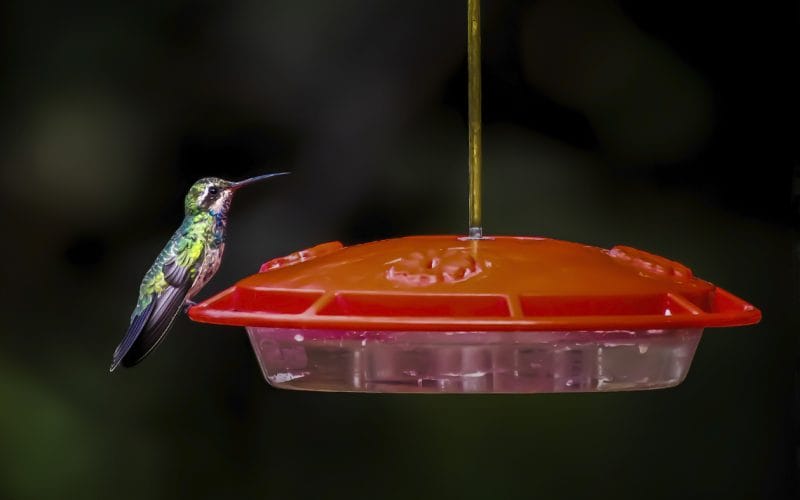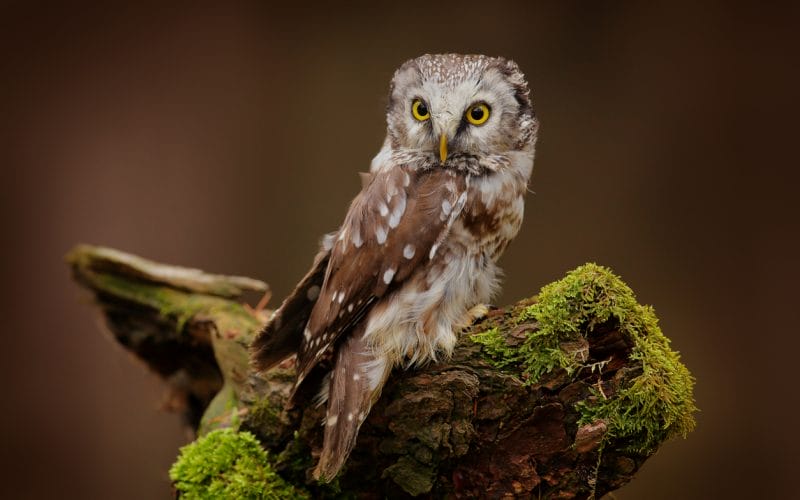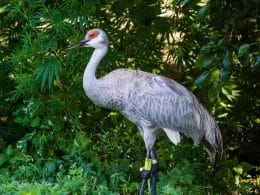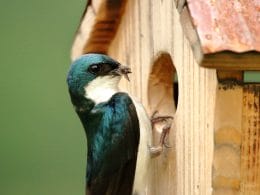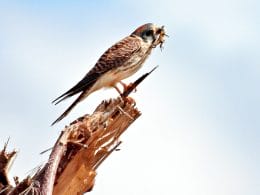Right into the middle of the American South lies the State of Alabama or the Heart of Dixie, which is known for its incredible hospitality and delicious food. But, this is not the only thing you can enjoy during your visit to Alabama.
Alabama also happens to be home to 10 different owl species that you can spot throughout the year in the Cotton State. So, if you’re interested in learning about these incredible birds of prey, you’ve come to the right place because we’ll tell you all about them.
10 Owls In Alabama
Although it’s not one of the biggest states, Alabama has diverse wildlife, thanks to its incredible habitats. As a matter of fact, 70.6% of the state’s area is covered in forests, where owls prefer to roost.
However, owls can also be found in open fields, near water bodies, and even near suburban areas. Here’s some interesting information about 10 owl species that you can find in Alabama.
1. Barn Owl
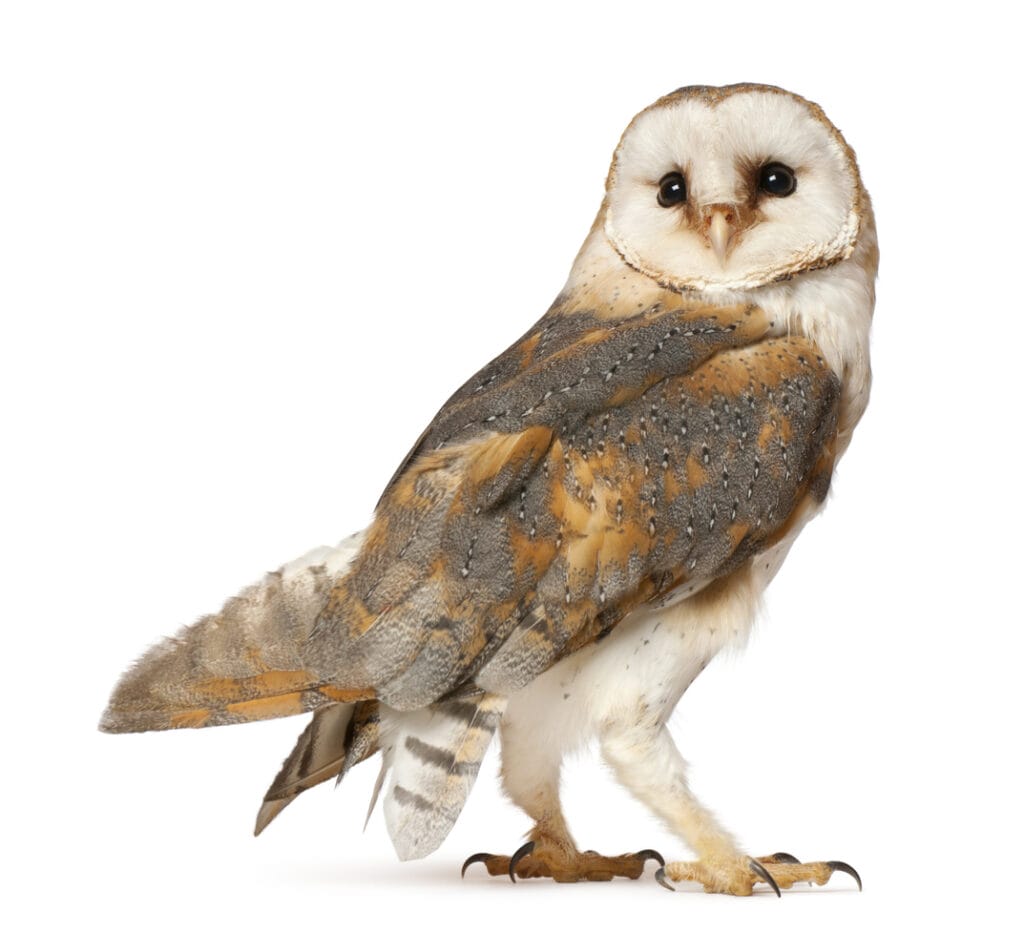
- Scientific name: Tyto alba
- Length: Between 13 and 15 inches
- Weight: Between 14.1 and 24.7 ounces
- Wingspan: Between 31 and 37 inches
Additional Information
The Barn Owl can be found in the 67 counties of Alabama, where it prefers to inhabit forest openings and abandoned fields. It has buff and gray plumage and a heart-shaped face with dark eyes that give it a ghost-like appearance. This is why it’s sometimes called the Ghost Owl.
Author Note: Female owls are more spotted than males, and the more spots they have, the more resistant they’re to parasitic diseases. This owl has a loud and rather irritating hoot, which can sometimes be uncomfortable to hear.
The owl relies on its hearing to precisely determine the prey’s location. Then, it swallows the prey as a whole, and the indigestible remains are coughed out in pellets. The Barn Owl prefers to feed on rodents and usually stores dozens of prey at the nest site while incubating to feed the nestlings.
It’s one of the most common species of owls in Alabama.
2. Great Horned Owl

- Scientific name: Bubo virginianus
- Length: Between 17 and 25 inches
- Weight: Between 32 and 88 ounces
- Wingspan: Between 36 and 60 inches
Additional Information
The Great Horned Owl is the most common owl in Alabama, usually found roosting in pine and other evergreen trees. It has a mottled body with gray and brown plumage and ear tufts that give the owl its name.
Scientists have studied these tufts for years and decided that although they don’t affect the owl’s hearing, the bird usually uses the tufts for communication.
Depending on the abundance of prey, the Great Horned Owl might extend its hunting time from dusk and dawn to the early hours of the evening and morning. It also hunts during daylight hours in winter.
The Great Horned Owl is a fierce predator that usually attacks smaller owls. It also feeds on mammals, birds, reptiles, insects, fish, and invertebrates. The Great Horned Owl doesn’t mind attacking other birds of prey like falcons and ospreys.
This owl either takes another bird’s nest or nests in cavities found in trees and deserted buildings. It also accepts nesting boxes set up by humans, usually roosting in a nearby site for a while before laying the eggs.
3. Flammulated Owl
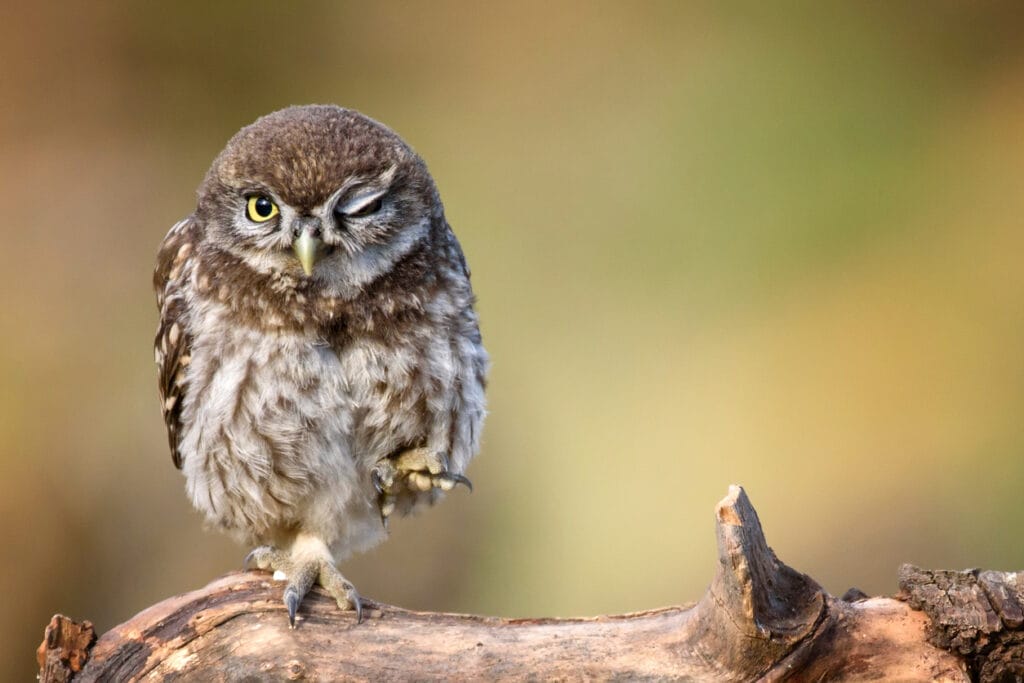
- Scientific name: Psiloscops flammeolus.
- Length: About 6 inches.
- Weight: Between 1.8 and 2.3 ounces
- Wingspan: About 14 inches.
Additional Information
The Flammulated Owl can be found in the pine trees in Alabama. It looks like a smaller version of the Screech Owl and has smaller ear tufts. You can find it in various habitats, including desert oases and city parks.
Top Tip: This owl’s plumage is a mixture of gray, brown, rust, and white, and this plumage provides the perfect camouflage when it’s roosting while pressing itself against tree trunks and leaves.
It perches on tree branches and then flies to catch insects at night, especially crickets and beetles, usually finding them at crowns of trees.
Although this owl can be located at night by paying attention to hooting males, finding the owl is almost impossible during the day. The Flammulated Owl nests in tree cavities but can also accept nesting boxes if they’re set up before the breeding season.
Before laying eggs, the male owl will feed the female intensively to help her gain weight.
4. Eastern Screech-Owl
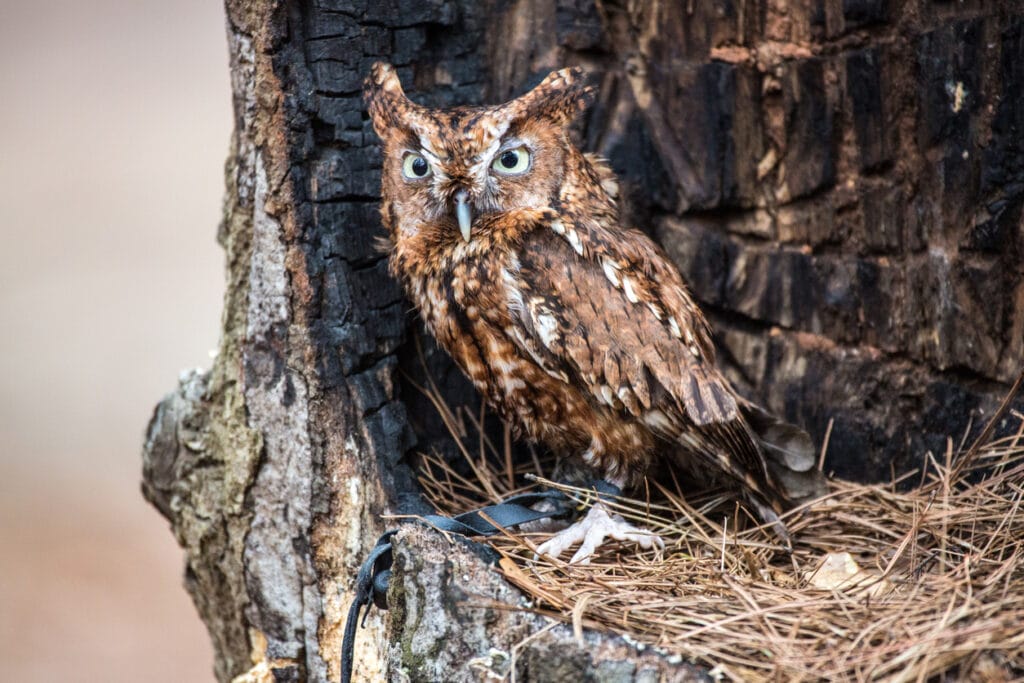
- Scientific name: Megascops asio
- Length: Between 6.3 and 9.8 inches
- Weight: Between 4.3 and 8.6 ounces
- Wingspan: Between 18 and 24 inches
Additional Information
The Eastern Screech-Owl is a stocky owl that inhabits the open deciduous woods, lakeshores, woodlots, and suburban areas of Alabama. It has grayish-red plumage, which helps camouflage the owl while it’s pressing its body against tree trunks. You have a great chance to locate this owl in wooded areas at night.
The male owl has a deeper hoot and a smaller body. When it’s nesting, the female owl doesn’t look for food and is solely fed with her chicks by the male. The Eastern Screech-Owl has ear tufts that it usually uses for communication with other owls.
Smaller songbirds can help you locate this owl because Blue Jays and Chickadees mob the Eastern Screech-Owl. It feeds on rodents, birds, reptiles, and invertebrates, regurgitating the indigestible remains in pellets that it coughs out once or twice a day.
Although pairs are monogamous and usually mate for life, some males mate with two females. In this case, the second female will evict the first one, lay her eggs, and incubate both clutches.
5. Snowy Owl

- Scientific name: Bubo scandiacus
- Length: Between 20 and 25 inches
- Weight: Between 46.4 to 88 ounces
- Wingspan: Between 46 and 65 inches
Additional Information
The Snowy Owl is one of the rarest species of owls in Alabama, but it’s one of the most majestic birds of prey to spot – especially in treeless spots and open fields. The owl has a white body with black markings, but females tend to have more markings. Male birds also tend to lose their markings with age.
The owl’s plumage provides excellent camouflage in snow, which is rare in Alabama, but the owl can be mistaken for a snowball when it’s on the snowy ground.
Author Note: The Snowy Owl feeds on lemmings in its Arctic habitat, but it also feeds on rabbits, hares, squirrels, weasels, seabirds, and wading birds.
The Snowy Owl is one of the most agile owls, and it can catch birds while they’re flying. The male usually chooses the territory, and the female picks the nest’s site within the region.
6. Burrowing Owl
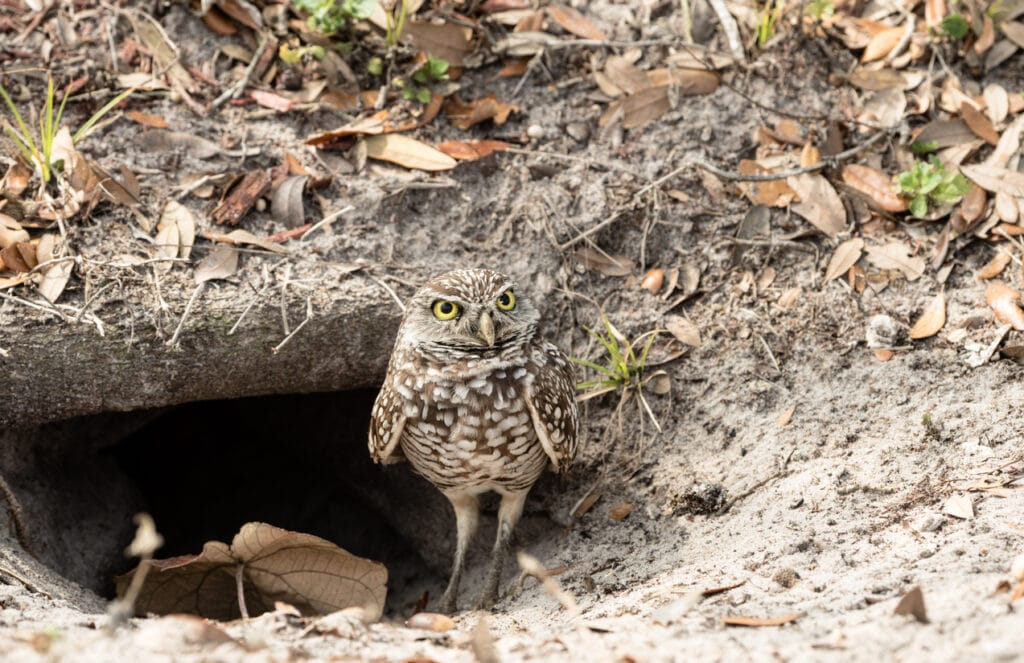
- Scientific name: Athene cunicularia
- Length: Between 7.5 and 11 inches
- Weight: Between 4.9 and 8.5 ounces
- Wingspan: Between 20 and 24 inches
Additional Information
Alabama’s open country habitats and beaches attract the Burrowing Owl. This owl was once called the Howdy Bird by cowboys because it nods its head while it’s perching near its burrow. It’s another common species of owls in Alabama.
Unlike other owls that nest on trees and cavities, the Burrowing Owl prefers to nest in burrows excavated by the prairie dog. It also takes the burrows of ground squirrels and tortoises. It’s pretty rare to see in Alabama, and its perfect camouflage makes it more difficult to find.
The owl has a small sandy body and bright yellow eyes, and male and female owls are of the same size. In the absence of suitable burrows, the Burrowing owl will nest in PVC pipes and other structures provided by humans.
Because they’re adapted to living in underground burrows, these birds are more adapted to tolerating high carbon dioxide levels.
The Burrowing Owl feeds on small invertebrates and vertebrates, but it sometimes feeds on waterbirds and even younger Burrowing Owls.
7. Barred Owl
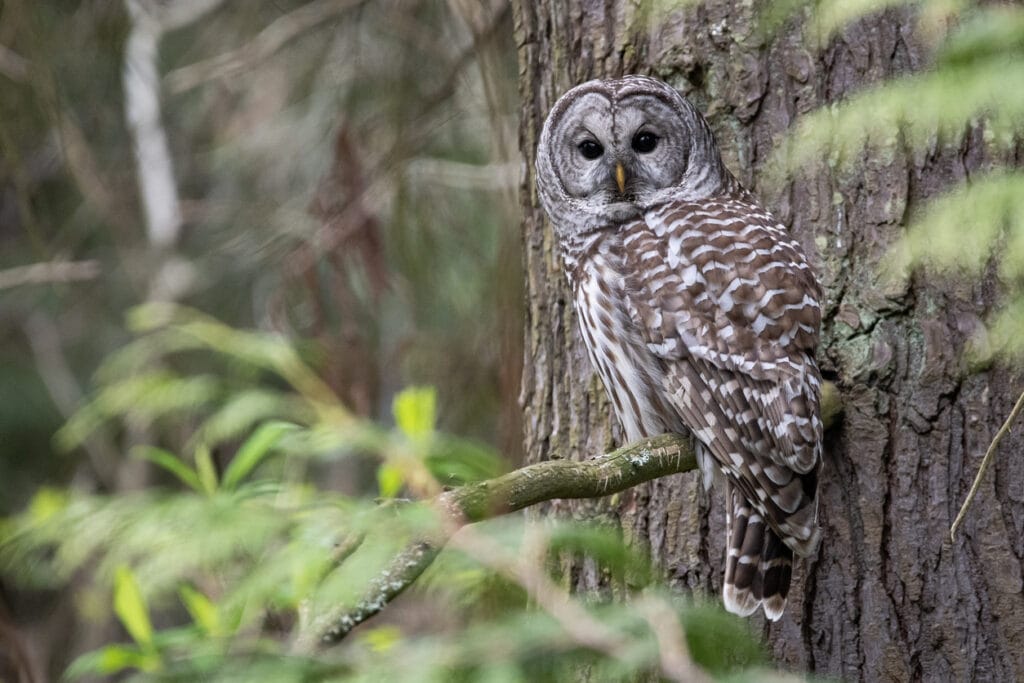
- Scientific name: Strix varia
- Length: Between 16 and 25 inches
- Weight: Between 16.6 and 37 ounces
- Wingspan: Between 38 and 49 inches
Additional Information
The Barred Owl is quite common in Alabama, usually found in the deep woodlands and swamps, although it often flies to open areas while hunting. Also known as the Hoot Owl, this owl has a mottled brown and white body with vertical markings on the underparts.
Although they can sometimes be heard hooting during the day, these predators usually roost silently and hunt at night while calling out their famous call. The owl’s call “who cooks for you?” will help you locate it at night. The same loud call is used by owls to chase away intruders.
You can attract a breeding pair to your backyard if you set up a nesting box, but you need to attach a guard to keep predators away from the eggs and the nestlings. Nevertheless, you shouldn’t interfere with the nest, as this may push the parents away.
The Great Horned Owl usually attacks this owl, driving it away. However, this owl usually prefers to stay in the same territory. It feeds on small mammals, reptiles, amphibians, fish, and invertebrates.
8. Long-eared Owl

- Scientific name: Asio otus
- Length: Between 12 and 16 inches
- Weight: Between 7.8 and 15.3 ounces
- Wingspan: Between 34 and 40 inches
Additional Information
The Long-eared Owl is commonly found in fall and winter in the conifer groves of Alabama. It’s a medium-sized, slender owl with a dark body and a narrow cylindrical facial disc that appears orange or buff. The owl also has ear tufts with fringes to provide better camouflage.
This is a nocturnal owl and spends its days hiding in dense trees, and the plumage makes it challenging to find, although the male’s hoot can be heard up to 1 mile away.
Author Note: The Long-eared Owl has acute hearing that helps it locate its prey in complete darkness when it prefers to look for its prey. In addition, its feathers allow it to fly silently where it takes its target by surprise.
You can locate this owl by paying attention to pellets that the bird regurgitates after feeding on its prey. It feeds on rodents and birds, biting the prey on the back of the head to kill it. It hunts on the wing or hovers over the prey, and in some cases, it hunts from a perch.
9. Short-eared Owl
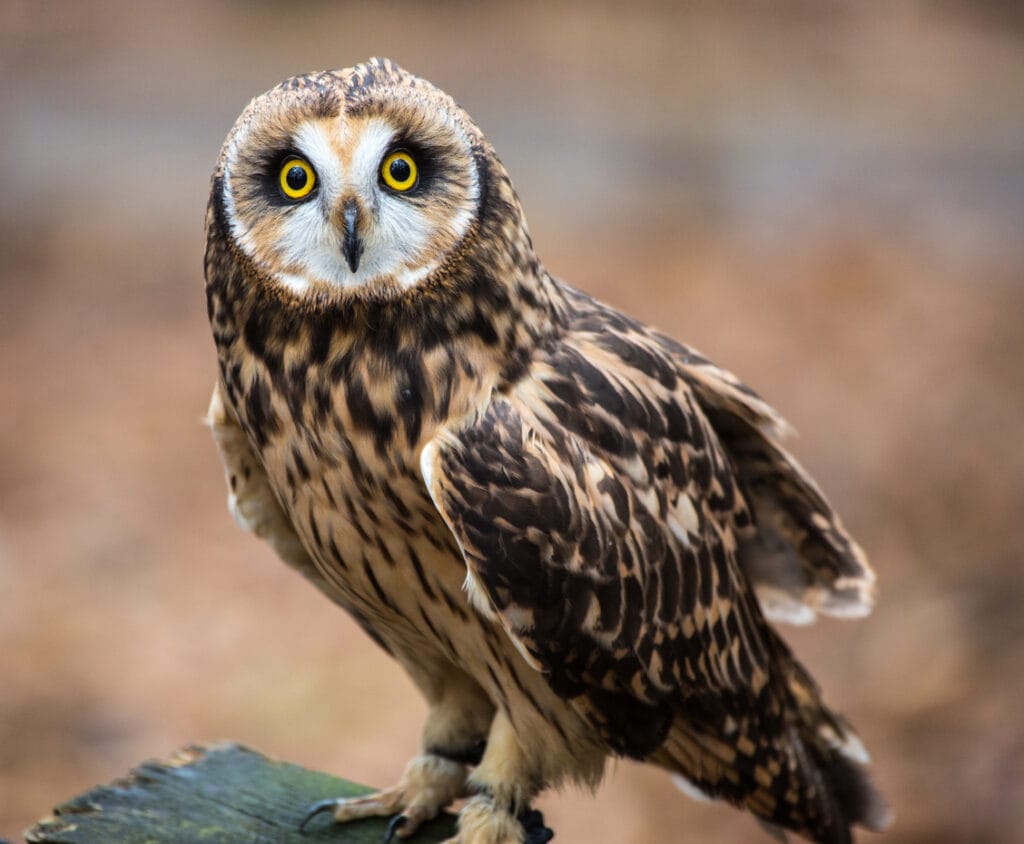
- Scientific name: Asio flammeus
- Length: Between 13 and 17 inches
- Weight: Between 7.3 and 16.8 ounces
- Wingspan: Between 33 and 43 inches
Additional Information
The Short-eared Owl can be seen around airports, open meadows, grasslands, and the fields of Alabama. It’s a medium-sized owl with shorter ear tufts that can be impossible to see. It has a medium brown spotted body, and the face seems rather pale.
Unlike other owls, this one is a daytime hunter, flying low over short vegetation. It mainly feeds on mice and voles but targets other animals like moles, shrews, bats, rabbits, pocket gophers, and muskrats. It also feeds on adult and nestling terns, songbirds, and shorebirds.
Author Note: The owl decapitates and eviscerates its prey before feeding on it.
The Short-eared Owl roosts in trees with other species, like the Long-Eared Owl. When the nest is attacked, the female owl defecates on the eggs, masking the nest’s smell and driving predators away. Short-eared Owls fly fast towards each other, presenting their talons at the last moment to defend their territories.
10. Northern Saw-Whet Owl

- Scientific name: Aegolius acadicus
- Length: Between 6.7 and 8.7 inches
- Weight: Between 1.9 and 5.3 ounces
- Wingspan: Between 16.5 and 22.2 inches
Additional Information
The Northern Saw-Whet Owl is a small owl that can be rarely found in the mountain region of Alabama. It has a mottled brown body, a spotted head, and a loud, penetrating call. The owl’s call resembles the sound of a blade sharpened by a whetstone and will help you locate it.
This nocturnal owl is hard to spot, especially while roosting in dense vegetation. It feeds on voles, mice, chipmunks, and squirrels at night, usually hunting from a low perch. The owl also feeds on birds and even small owl species.
The Northern Saw-Whet Owls are monogamous, although males sometimes take more than one mate. You can attract a breeding pair to your backyard by setting up a nesting box.
Wrap Up
Any owl lover will have the time of their lives while watching owls in Alabama. All you have to do is to keep an eye on the ground to study the pellets and look carefully near the tree crannies.
Some of these birds are easily spotted at night because of their loud hoots, and some will even accept a nesting box in your backyard. We hope you enjoyed our guide on owls in Alabama.
FAQ
To find out where recent sightings of owls have been, try eBird. You can search for the latest sightings or particular species or what has been seen in a certain area.
The Barred Owl is probably the most commonly seen owl in Alabama.
According to Audubon, good places to see the Barred Owl are Wheeler National Wildlife Refuge and The Alabama Coastal Birding Trail.





